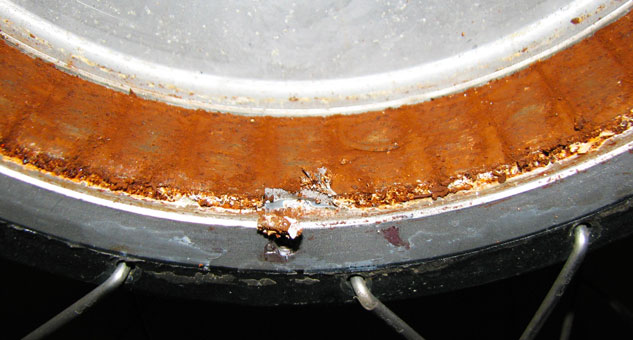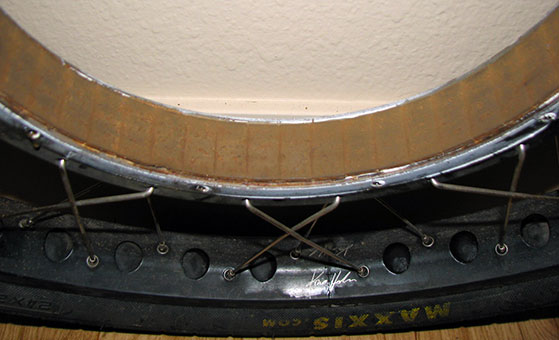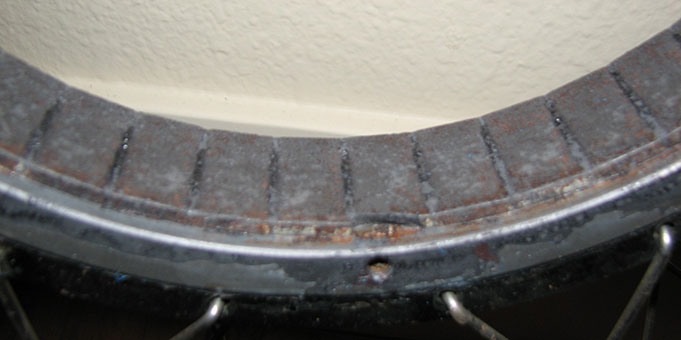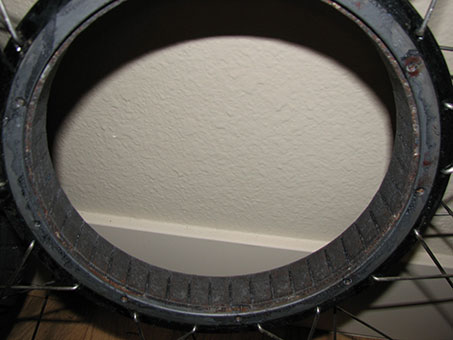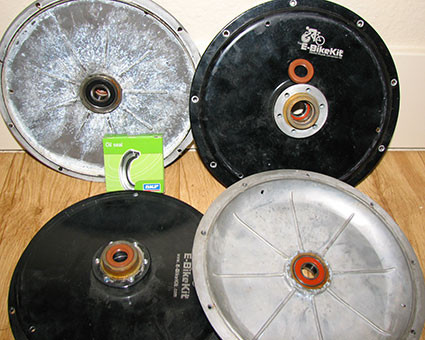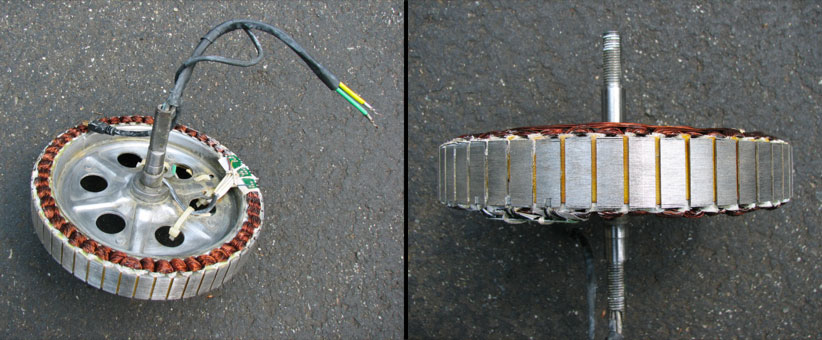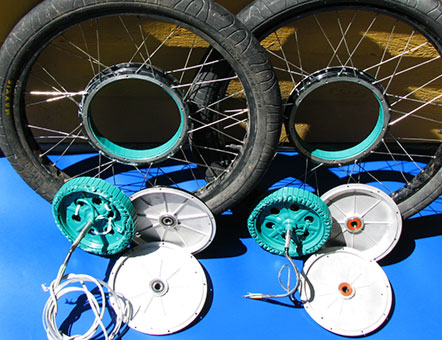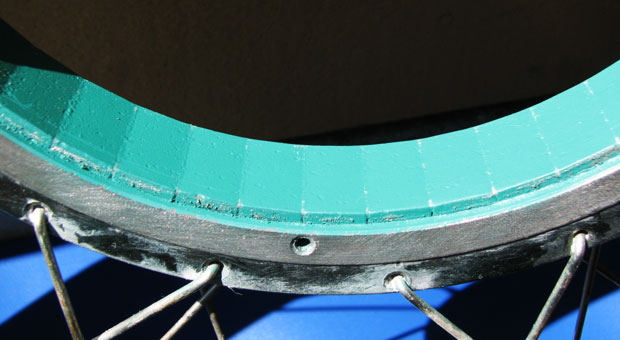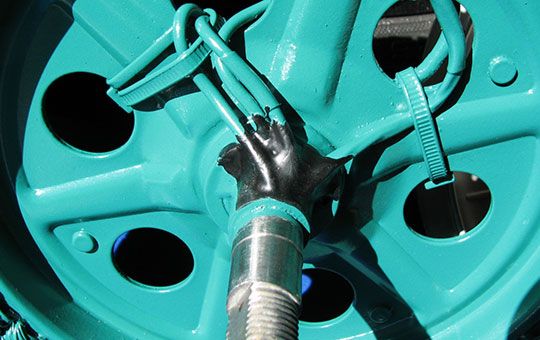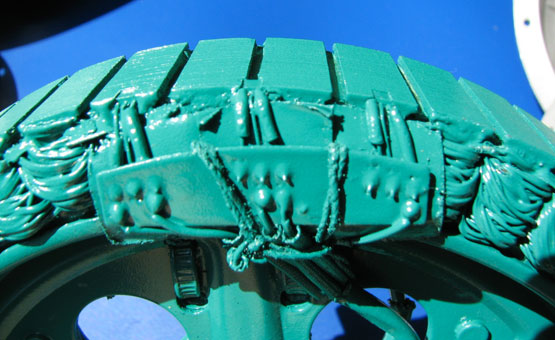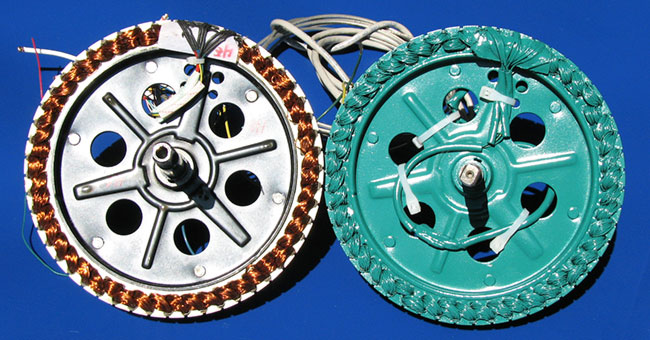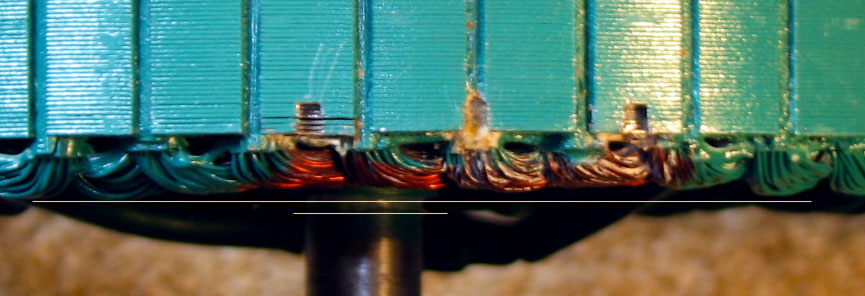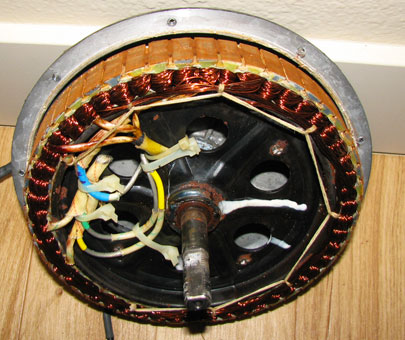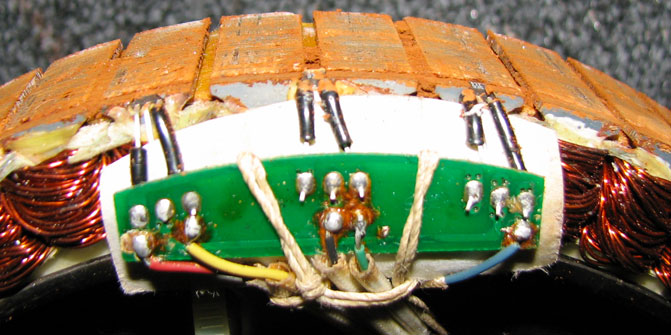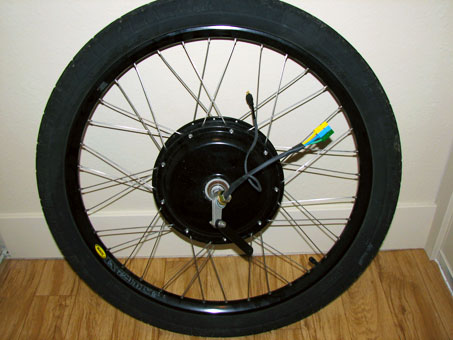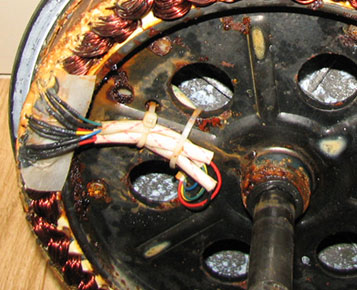I’m confused…
A starter motor/Alternator is well-made because by contract it has to pass muster of State/Fed Code. Those costs are reasonable. The DD hub motors I have been referencing are simpler than those items and yet they have the same price. One person told me that 9C hubs are produced at a rate of 40k/month; that’s one factory in China, and there are many. The cost of production is wrapped around the first five, ten units, 100, even 1000; when working out the quality and supply-line issues.
Personally, I enjoy my job when I can walk out into Production, inspect The Line, interview assemblers and managers to see how things are going… It’s the feedback that’s important: It could be just the smallest thing, maybe a radius on the corner, or if this part was threaded we could save a nut and washer.

Basic Engineering Principle: Spend 10% more on Engineering the product correctly, and save 120% in Support and Service. Many in upper management never get this at all: They think that by rushing the product to market, or by shaving a few cents on unit production that they are making huge profits, however the truth is that a lot more is spent in supporting and servicing flawed product, especially in Software (such as lack of proper documentation). It’s the reason why we’ve evolved into a throw-away society: Cheaper to chuck it. That is until someone else figures out that there’s a lot of rare metals being tossed into our garbage. Next thing you know, we’re digging up our own compost, off-shoring salvage to a nation with little thought on human rights where they send their children in to go and dig out the gold.

Second part that is costly is gaining the bad wrap: Make a good product and eventually people will find it, with opposite is true for bad. Levis, Coke (Coca-Cola) Kleenex, Google: Good products, so reputable that it became part of language. Bad products we will never forget: Corvair, Betamax, New Coke, Windows ME. Speaking of Microsoft, product development of the last fifteen years often appears like they will create five independent teams, seed them with a concept and delivery date, then step back and watch them duke it out. The winner is often not the best engineered solution, but the one that has the best political chops. Is the cost of that development MY FAULT? That is the American Brand of today fostered by flawed Corporate Management. The problem is that these people have never been in
War, and I’m not talking Corporate War.
In real honest to goodness
War, where people’s lives are at stake, where the Nation depends upon Service and Quality instead of Power and Profit, when Resources are rare, where the Supply Chain is at risk of collapse, there is zero room for error. A company that makes shitty product doesn’t survive for long;
it’s nationalized. Here’s a great story that was born out of WWII:
Geometric dimensioning and tolerancing. 8)
Yes, this seems like a dry boring spec, but to me – it’s the dream come true! This is how we won the last Great War: Disparate allied countries making usable products that fit across the seas by defining a common international standard and adhering to it. We consumers appear to be willing to ignore the standard for cheap product. Actually – allow me to correct myself: I have little tolerance for shitty product that is deceptively packaged, where suppliers attempt to train us that shitty product is acceptable, and that it’s OUR FAULT the components rust out. What a total scam!

When I buy clothes, I look at the label: Where is it made? I am not anti-PRC; I am against being forced-fed to accept corruption in Government, in Management, and in the supply chain. You don’t buy moldy fruit and vegetables at your local supermarket, and the employees of the supermarket certainly will not tell you that moldy fruit and vegetables are good for you, and that it’s your fault for not accepting them – do they? An impoverished country may not have that choice – but WE, as free peoples, DO have a choice!
The cost of making something correct isn’t that much at all when you step back and take in the whole enchilada and imagine: What is the cost of supporting flawed product? What is the cost of my safety if this unit fails at a critical time of need? Is my Life worth it, to continue to support entities that do not serve us properly, that overtly deceive us?
My first two motors won’t be cheap. But then – I expect that. The cost of creating those units, the special tooling and programming of the CNC machines is expensive – but then it’s only paid once. All that’s left is material, assembly time, and packaging scaled directly to quantity discount with ample time to avoid rush charges. Economy of Scale.
I just like creating fun, and watching others enjoy my toys! That’s what I have time for… :wink:
My inner-child is never stilled for long,
KF


